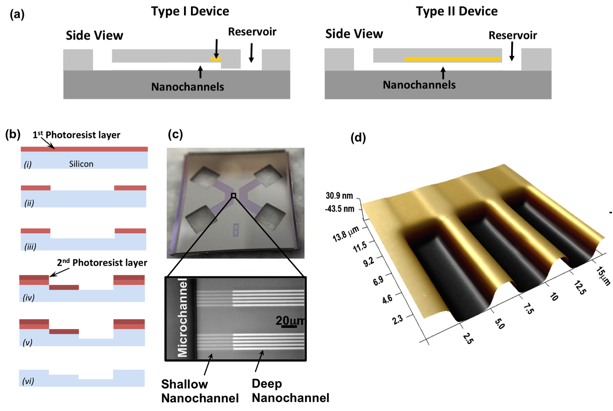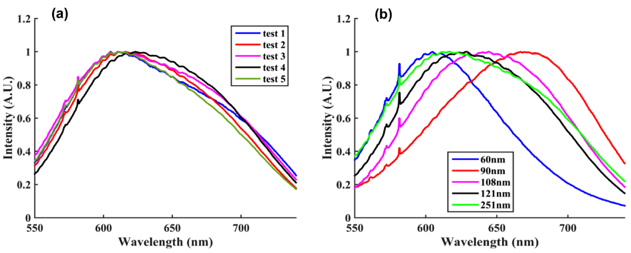Reports: DNI754118-DNI7: Effects of Nanoscale Confinement and Electrostatic Interactions on Molecular Conformation of Conjugated Polyelectrolytes
Chuanhua Duan, Boston University



Chuanhua Duan, Boston University



Reports in the ACS PRF Annual Report are published as submitted by the Principal Investigator.
Copyright © American Chemical Society